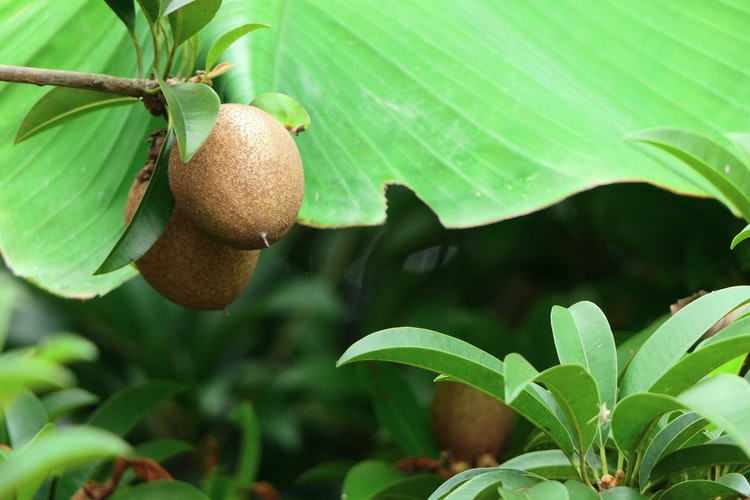Italy is the world’s second largest kiwi producer after China, but for the past eight years farmers have been battling a mysterious enemy that has so far killed over twenty percent of the country’s kiwi plants.
It starts with the leaves. They wither and face downwards, and within 10 days they all fall to the ground, leaving the kiwi fruits exposed to direct sunlight. Underground, the roots of the vine darken and begin to rot. In a year or two, the whole plant withers and dies. There is no known cure, and by the time farmers start noticing the symptoms described above, it is already much too late to do anything about it. The farmers call it morìa, or “die-off”, and it had devastated plantations where kiwi vines have thrived for decades.

Photo: Utsman Media/Unsplash
Referring to morìa as a disease is probably not entirely correct, as scientists don’t really know what it is. They gave been trying to figure out what is killing kiwi vines since the phenomenon was first observed in Verona, back in 2012. They looked at a variety of factors, from fungi and bacteria, to soil composition and oxygen levels, but they are no closer to finding answers than they were eight years ago.
“It’s very difficult to study something like this,” Lorenzo Tosi, a researcher with research company Agrea, told The Guardian. “When we want to understand the cause of something, we try to isolate it and run an experiment. But that doesn’t work this time because several factors are in play […] Everything seems to contradict something else.”
Scientists have found a plethora of different pathogens in sick vines, but not one was present in every one of the analyzed specimens. Farmers tried uprooting old kiwi vines and planting new ones in their plants, they planted on virgin soil and decades-old farms, but the morìa came back eventually.
“This year, everything died,” Corrado Mazzi, a kiwi farmer from Verona, said. “You can try all you want but nothing changes, in two or three years, you are back to the start.”
Mazzi, and other kiwi farmers around Verona, tried everything in the last few years. He uprooted all his vines in 2015, and planted new ones in 2016 and 2018. He followed the best farming practices, but the morìa still came back.
With so few answers at their disposal, scientist have begun speculating that global warming could be the main cause of this inexplicable kiwi die-off. Research has shown that the ideal temperature for growing kiwi is between 25C and 27C, but in recent years summer temperatures have shot up into the 30’sC.
There is also the extreme rainfall that can choke kiwi vine roots, but no such syndrome was recorded before 2012, so many are pointing the finger at climate change.
“I still have a lot of data to analyze, but everything seems to point in that direction,” soil microbiologist Laura Bardi told The Guardian. “I’ve become convinced that climate change is the main factor; if we study this aspect in-depth, I think we’ll find the causes.”
Whatever is causing it, morìa is only accelerating the rate at which it is decimating kiwi vine plantations. It has decimated 84% of plantations in Verona alone, and it is spreading rapidly. Similar symptoms have been observed in France, Spain, Greece, Turkey, Japan and China, but it seems to be moving at a much faster rate in Italy. The frightening thing is that no one knows what it is or how to stop it.






